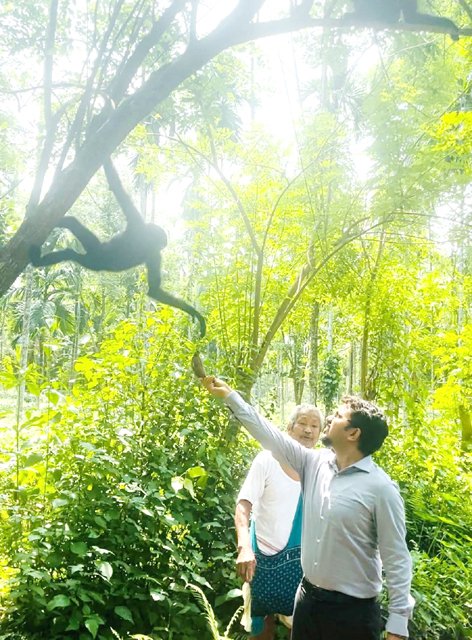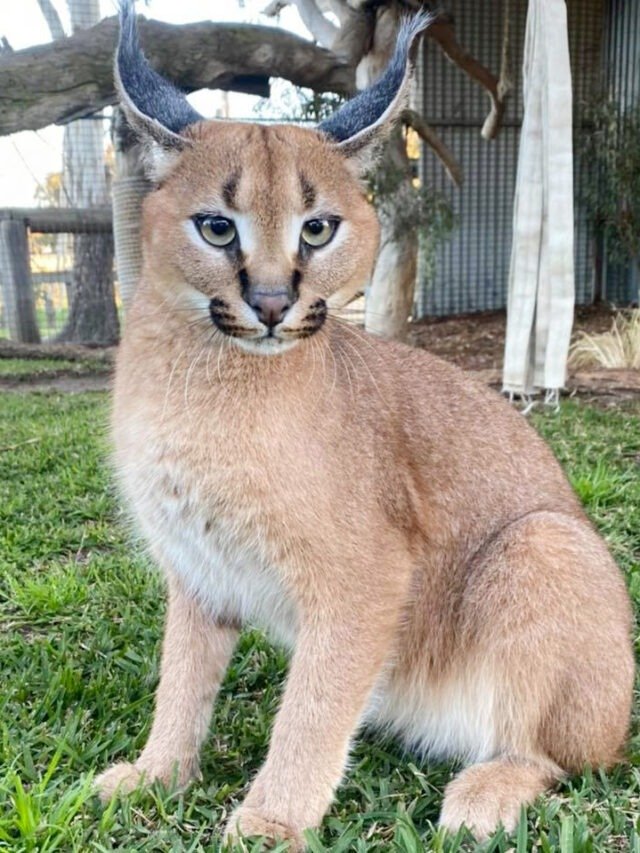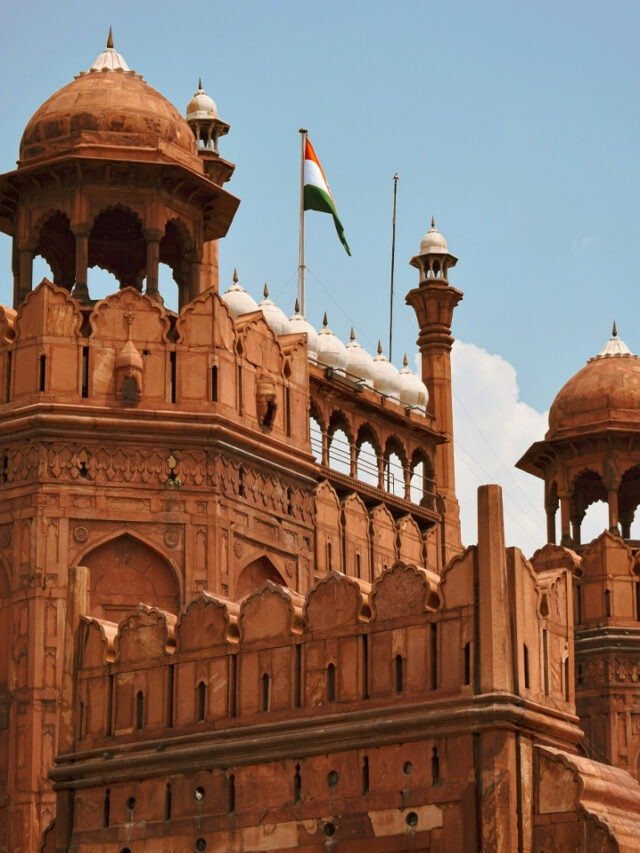HT Correspondent
DIBRUGARH, June 5: In a major boost to community-driven wildlife conservation, Tinsukia District Commissioner Swapneel Paul launched two ambitious initiatives in Barekuri village on the occasion of World Environment Day, aimed at ensuring the long-term protection and ecological well-being of the endangered Hoolock Gibbons.
Barekuri, located in the Tinsukia district of Assam, has garnered national attention for its unique community-led efforts to protect the only ape species found in India.
The village came into the national spotlight after being featured in Prime Minister Narendra Modi’s Mann ki Baat in August 2024, where the deep bond between the villagers and the Hoolock Gibbons was lauded.
The visit by DC Paul comes two years after villagers raised concerns over a spate of gibbon deaths caused by electrocution from exposed transmission lines.
In response, the district administration undertook a major project to replace bare transmission lines with insulated ones.
The initiative has since been successfully completed, significantly improving the safety of the gibbons’ natural movement across the village.
Building on this momentum, two new initiatives were formally launched by the DC during his visit:
A green corridor will be developed to connect Barekuri with the Bherjan-Borajan-Padumoni Wildlife Sanctuary.
The corridor will be planted with native tree species to facilitate safe passage for gibbons and promote genetic exchange between isolated groups.
Officials said the corridor is expected to enhance biodiversity, improve habitat connectivity, and contribute to the long-term survival of the species in the region.
To address the dietary needs of the gibbons and reduce the risks associated with external food sources, the administration distributed 5,000 fruit-bearing saplings to local residents.
These trees, to be planted along village paths and in home gardens, will provide a natural, sustainable source of food for the gibbons.
The move aligns with conservation norms that prohibit feeding gibbons with market-bought fruit to avoid dietary disruptions and health risks.
The launch was marked by a public meeting attended by villagers, officials, conservationists, and a large number of students.
The DC also walked through the village alongside noted conservationists Khireswar Chetia and Diplob Chutia, both of whom have played crucial roles in protecting the gibbon population over the years.
In a symbolic gesture, the DC picked a Bhimkol (a local banana variety) from the backyard of Khireswar Chetia and offered it to a nearby gibbon—an act reflecting the traditional empathy of the villagers, who have long supported the primates during times of food scarcity.
The event highlighted how government initiatives, when combined with grassroots participation and ecological awareness, can produce meaningful outcomes.
With the sustained commitment of the local community and administrative support, Barekuri continues to emerge as a model of peaceful human-wildlife coexistence and effective, locally anchored conservation.












